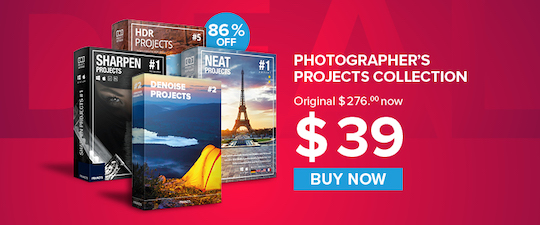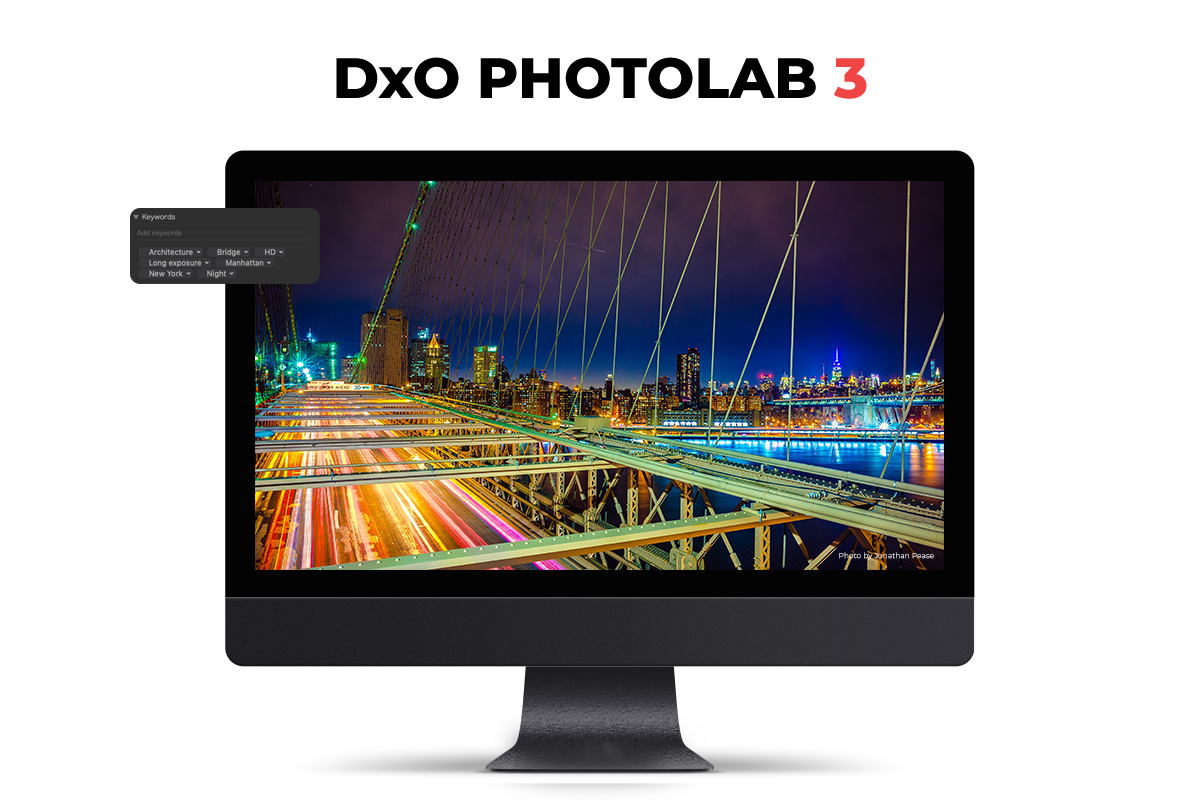

A new Uniformity setting also lets you adjust colour variations within a specific range.

With this tool, you can select a colour range from eight different channels, fine-tune the value, select a replacement colour, and adjust your transitions to your heart's desire. It features a new colour adjustment mode based on a chromatic circle called the DxO ColorWheel. With its innovative and visual approach to colour management, DxO PhotoLab 3's HSL (Hue, Saturation, and Luminance) Tool offers unparalleled control so you can produce even more natural- looking or creative images. Because the DxO PhotoLibrary now supports keyword searches, it offers an even more comprehensive workflow and improved compatibility with other photo editing software programs. With its completely redesigned HSL colour adjustment feature, optimized Repair Tool, and brand-new Local Adjustments Masks Manager, DxO PhotoLab 3 offers an exceptional level of colorimetry control, making the photographer's job easier than ever before.


Lightroom, of course, does not provide Transform as a separate application.DxO PhotoLab 3: The most colourful upgrade yetĭxO, one of the most innovative companies in the photography and image editing industry, is announcing its latest version of DxO PhotoLab, the most advanced photo editing software on the market in terms of image quality. The one other big advantage of Viewpoint is that it can be run as a separate application by those who do not own Photolab. However, it’s irrelevant if, like me, you are processing your raw files in Photolab and want to apply perspective adjustments to them without resorting to alternative software. As a result, I can’t attempt a fair comparison between the Lightroom Transform panel’s functionality and Viewpoint. I was a very long-term user of Lightroom but stopped using it well over two years ago when I adopted Photolab 1 as my raw converter and processor. Most often when I see converging verticals in images they were not left in for creative purposes, but because the photographer either lacked the tools to correct them, or was so used to seeing this distortion that its presence was ignored. Of course, fisheye lenses, exist to use their extreme distortion creatively. By the way: What is better with DXO ViewPoint compared to other programs that correct distortions, like LightRoom 6 for instance? I figure you have a good answerĮven though you may use converging verticals creatively, if they are in your images but were not there when you looked at the subject with your own eyes, they are a distortion. Sometimes that is the whole point of the picture. Not all converging verticals are distortions.


 0 kommentar(er)
0 kommentar(er)
